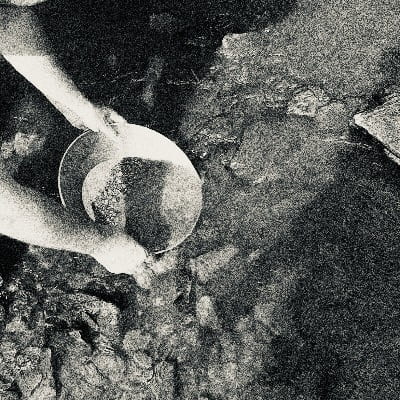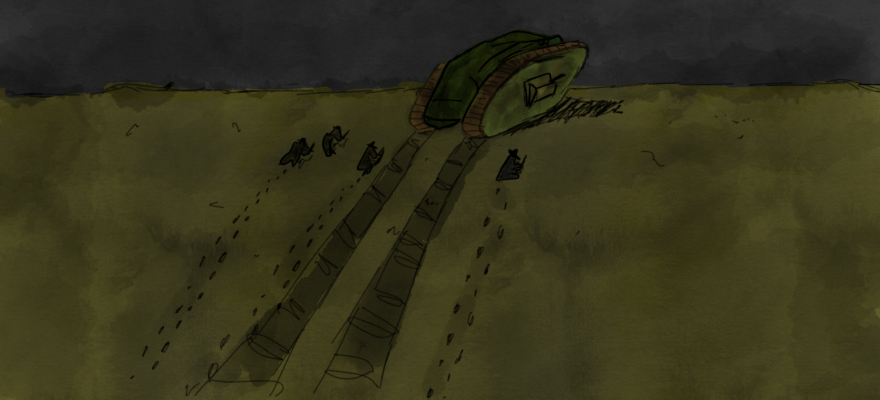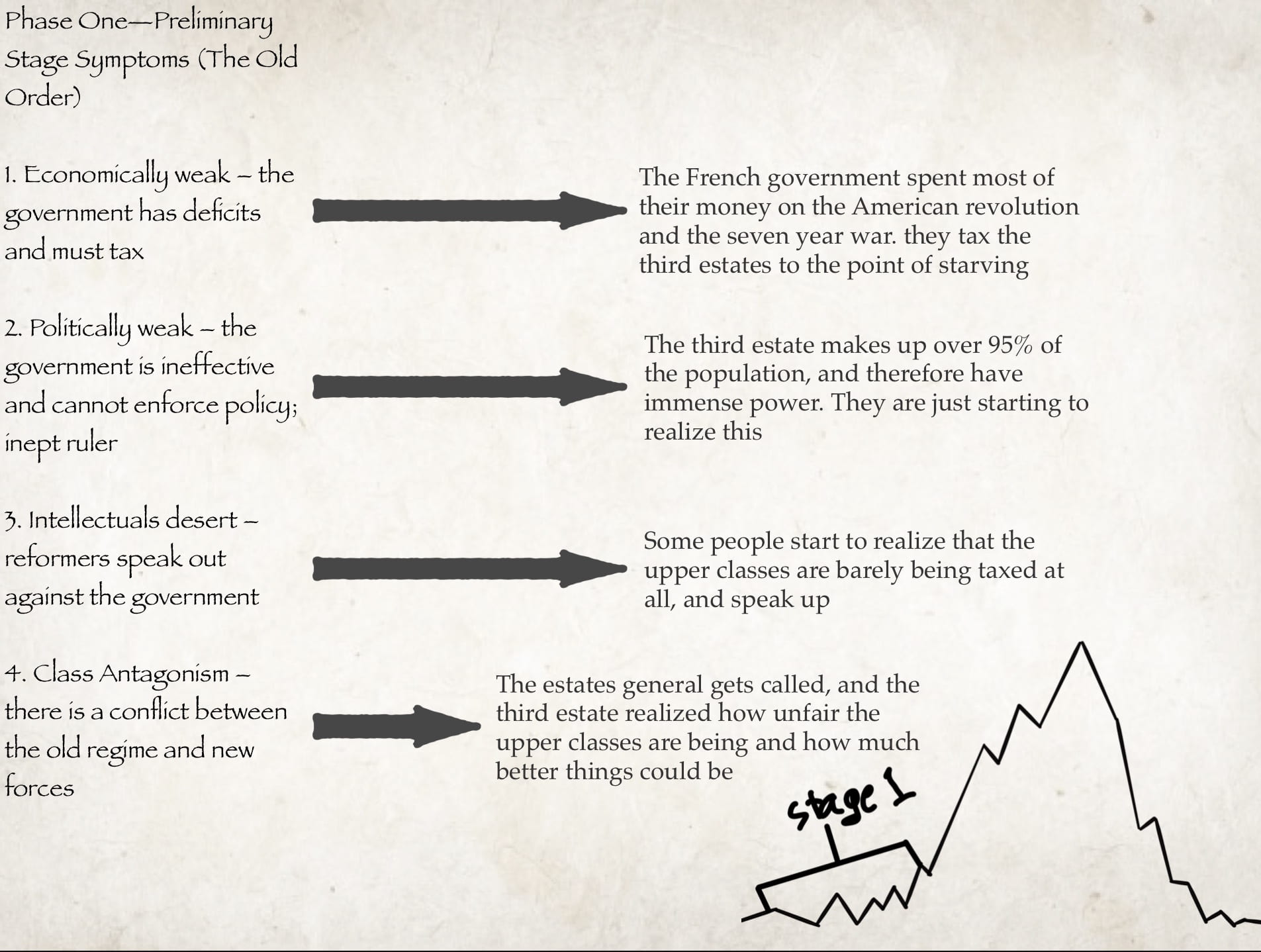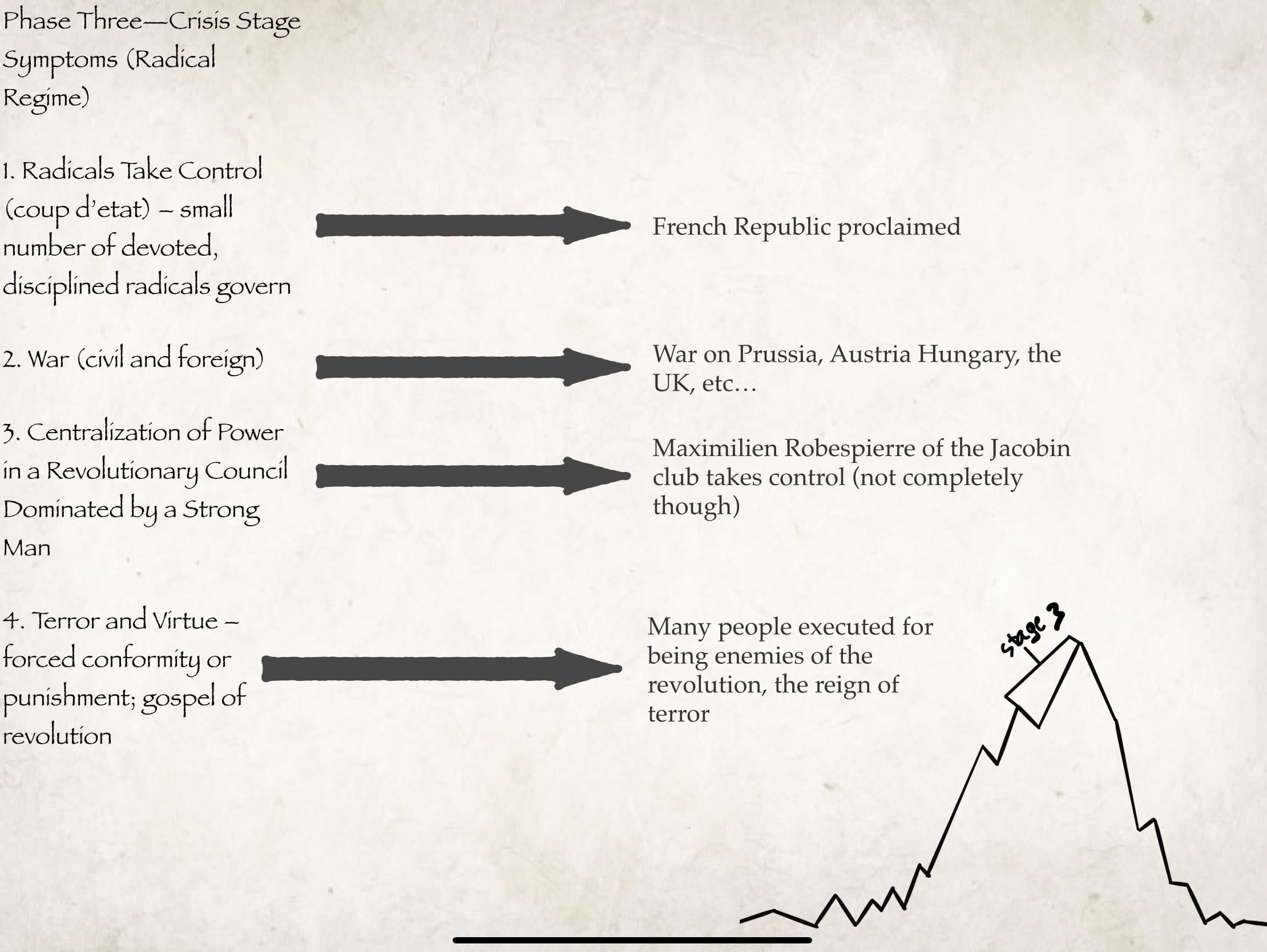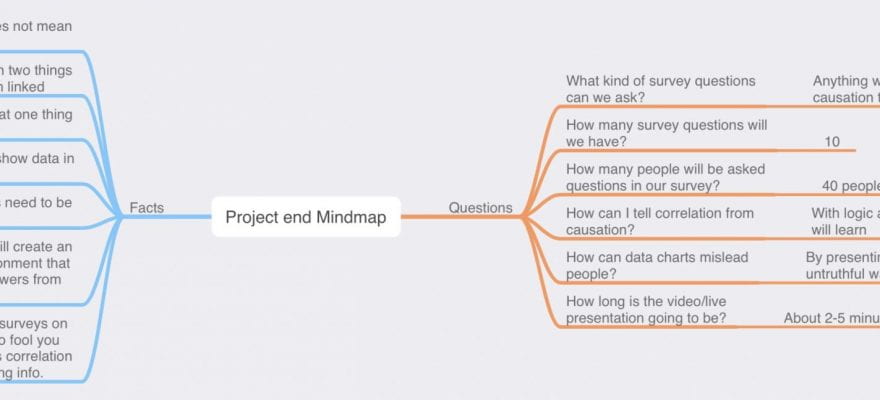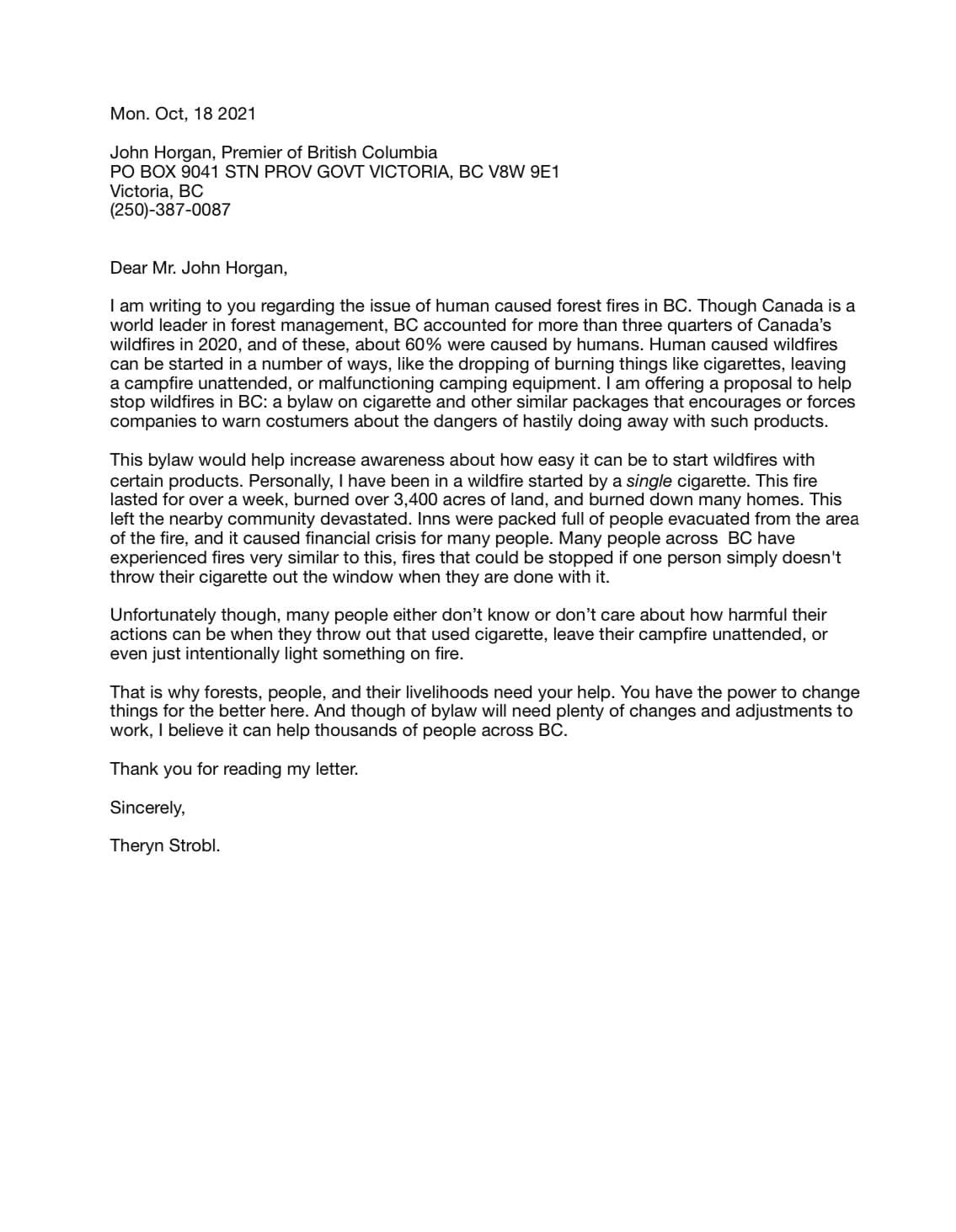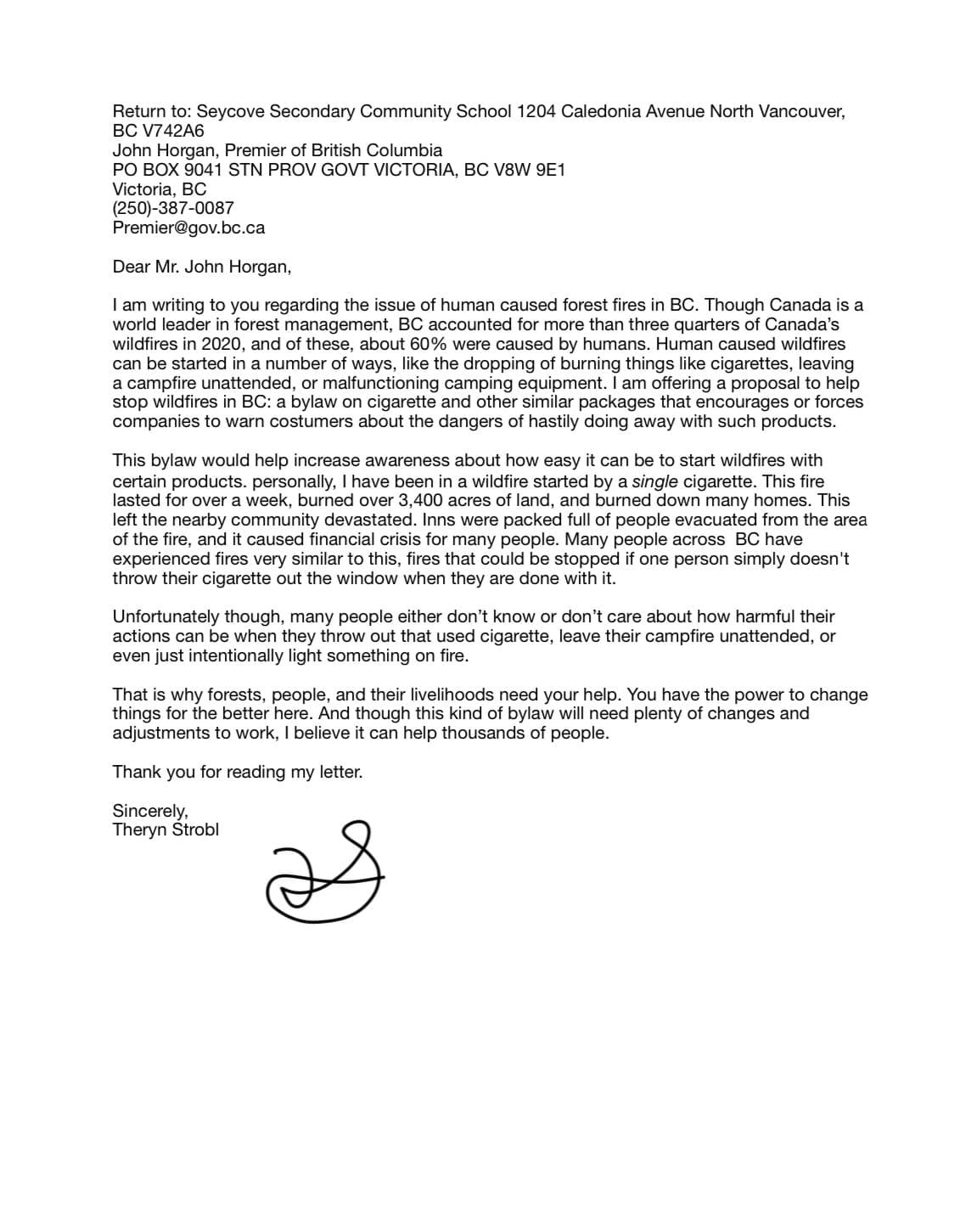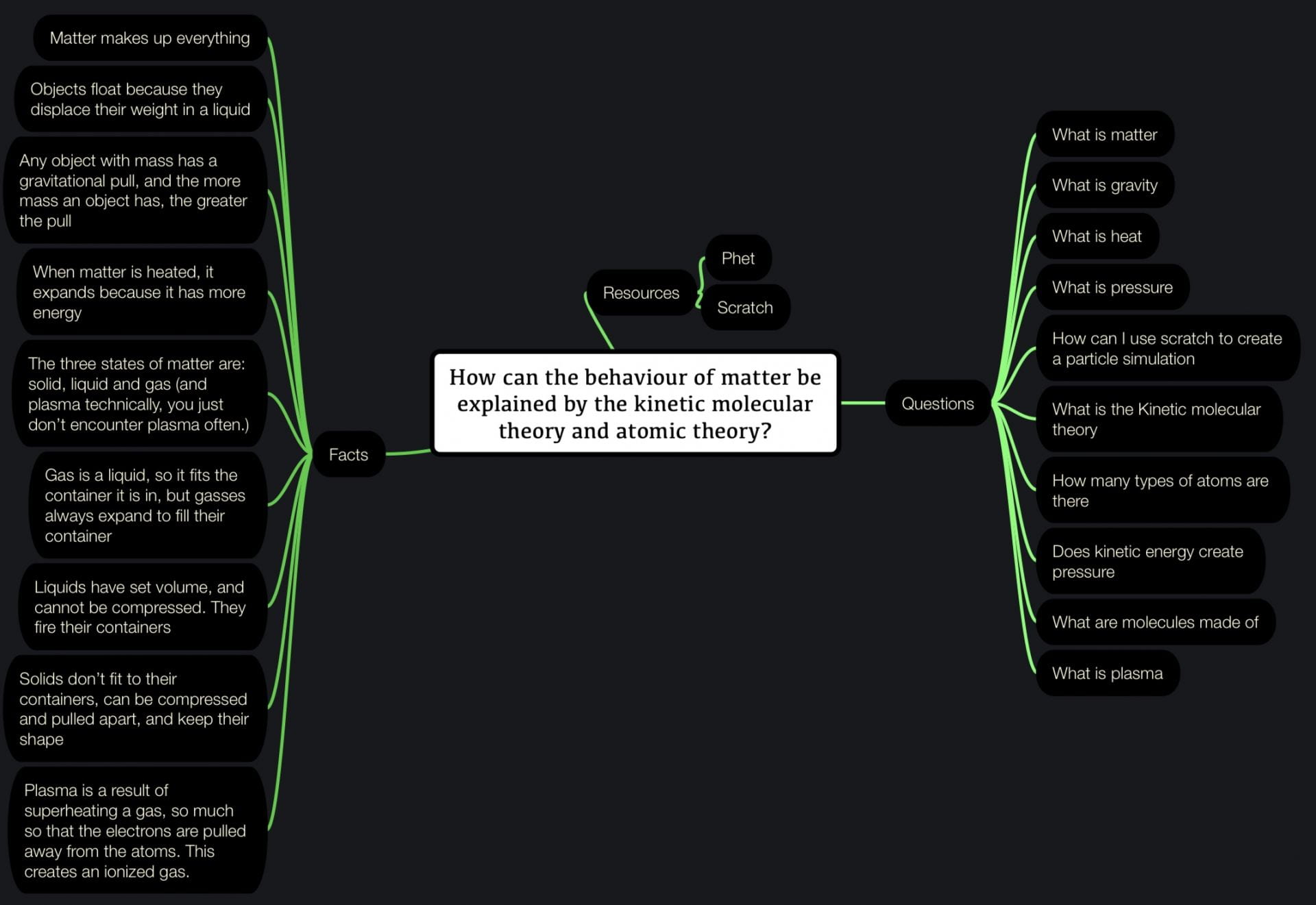Hello, and welcome to my blog post. This blog post will cover the first PLP project since the summer: Gold Digger. In this project I learned all about 1800s BC and the impact it has on us today to answer the driving question: “how did the discovery of gold shape our province and its people?”. So, without further ado, here is the post.
To start this project we did a bunch of things to help our understanding, like class discussions and brainstorming on whiteboards. But, the first big art of this project were the three activities relating to major events in Canada’s gold rush history: the Chilcotin war, the Fraser valley gold rush, and the Cariboo gold rush. We completed three individual worksheets on both, which really helped me understand how much I knew and what I should learn for my final story.
Paragraph summary of the Chilcotin War:
In 1862, the Tsilhqot’in people faced a great loss of life, as two thirds of their population had died from a smallpox epidemic spread to them by a Colonial construction crew. After the mass death, the Tsilhqot’in faced starvation. In 1864, they begged a construction crew for some food, when a road builder threatened to bring smallpox back to their community. Full of anger, A Tsilhqot’in Chief named Klatsassin lead a raid on the camp with 24 men and killed 12 of the road crew. Other attacks would bring the kill count to 21. A few months later, the Colonial officials invited the Tsilhqot’in to a peace negotiation, but when 8 Tsilhqot’in showed up, they were arrested and 6 of them were hung. In recent years, the BC government and the federal government have apologized for the hangings and exonerated the 6 men of their crimes

The next big step in this project was the first keystone. This keystone was about the effects of the migrants coming into Canada, and to show my knowledge, I made a Cause and Consequence Sheet and a written paragraph with the key idea being how the influx of migrants affected and shaped the Canada we know today.
Paragraph Summary:
The influx of people from the gold rushes is critical to the identity of Canada today. From our political standings, to the ethnicity of our people, and the countries rich history, so many elements of our home have been touched by the gold rushes. For example, according to statistics Canada, over 72% of Canadians are European Canadians, which means they are descended traceable from Europe. This is likely due in part from the gold rushes bringing many Europeans to come searching for gold. Another very important aspect of the gold rushes in BC are the indigenous people. In both of Canada’s big gold rushes, indigenous people played a large role, and also have suffered many losses because of settlers in Canada.

As this was a shorter project than many other PLP ones, this next assignment marked the halfway point and the end of the Building Knowledge phase. For this assignment, we had to create a character card for a fictional or real character that is historically accurate to the gold rush. Here is mine:

Now that I had established who he is and what my character does, I could start fleshing out the details of my final story. The end product of this project is a short-ish story around two pages about your character and some significant event they go through in their life. I wrote a story spine and worksheet to specify all the details of my story, then got writing.
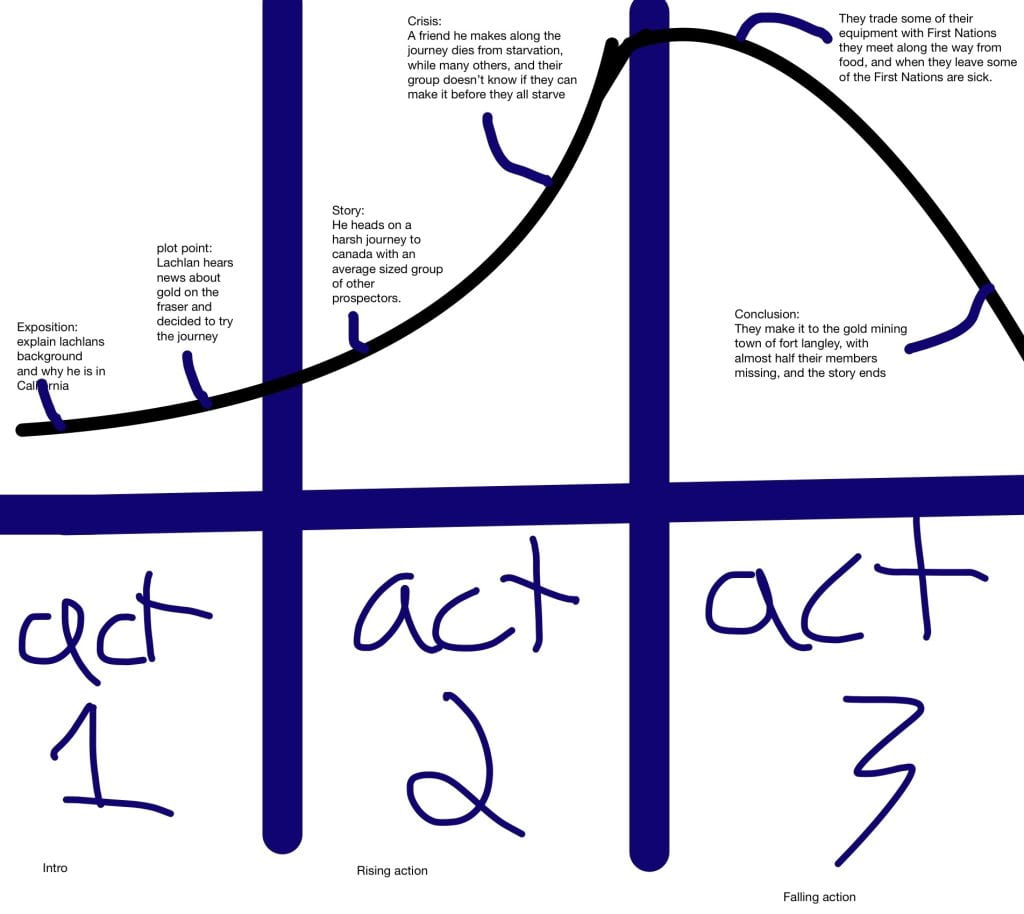

And now, the final story:
Thanks for reading my blog post, and see you in the next.
